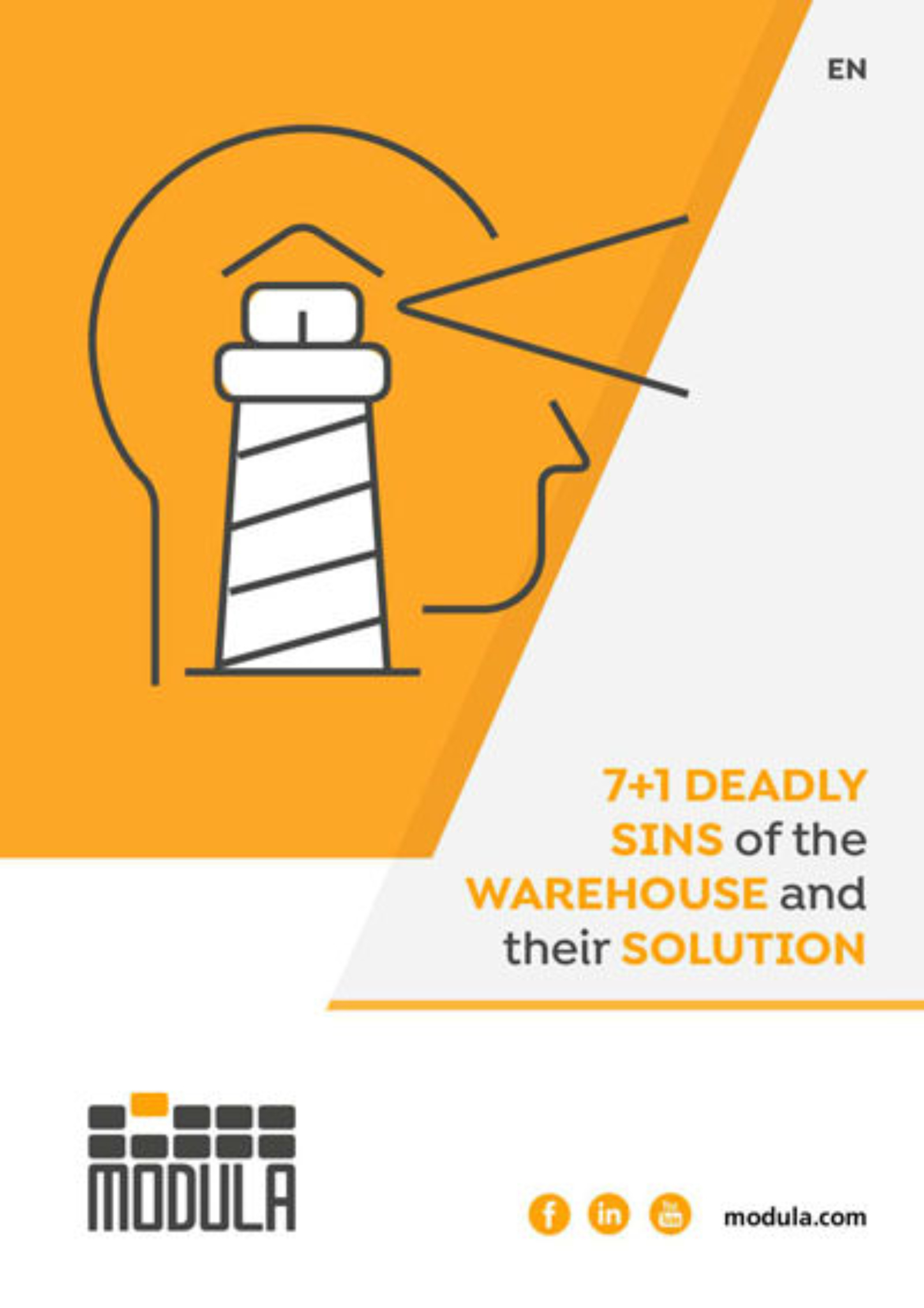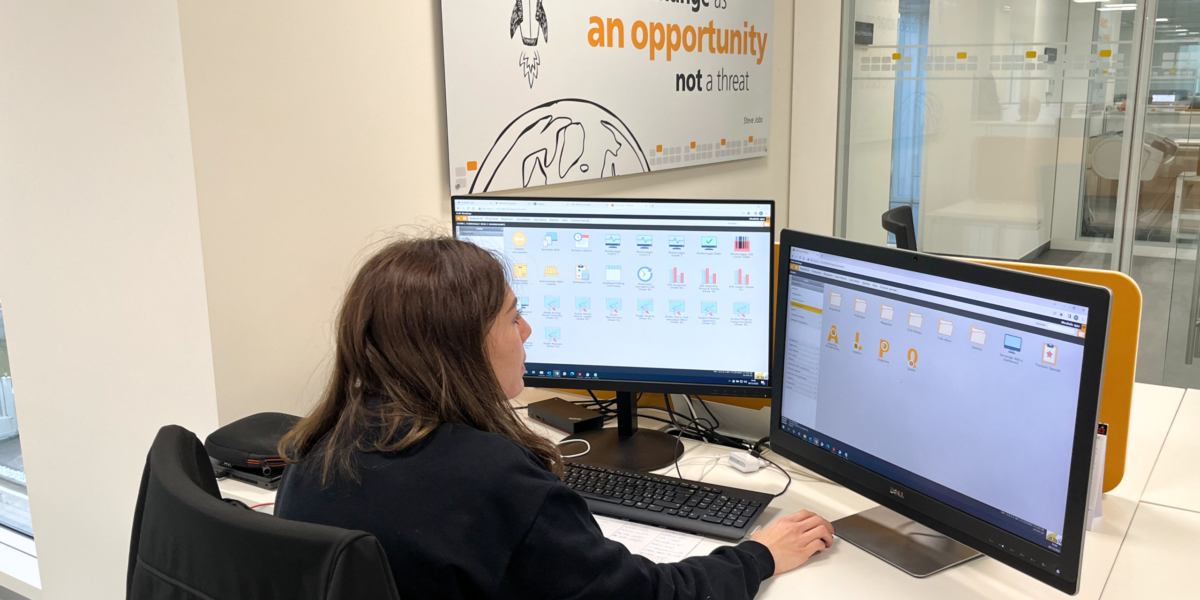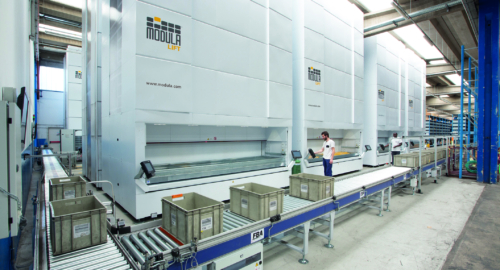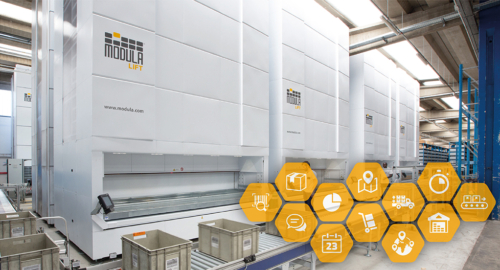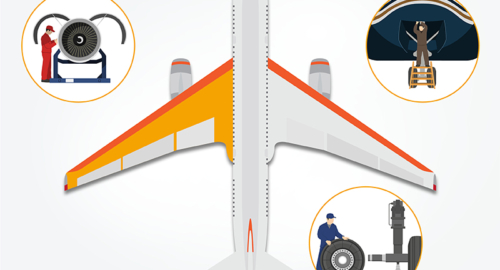“Those who stop improving, stop doing good”
“It’s always been like this” is no longer an acceptable answer. Because if you keep doing what you’ve always done, you’ll keep getting the same results.
The real question that needs to be asked to remain effective and efficient is: “what can be improved?”
This is how Federica Mosto, Modula Kaizen Manager, approaches her work every day.
The word “Kaizen” is made up of two Japanese terms, KAI (change) and ZEN (good, better), and thus means change for the better, continuous improvement. The term suggests how important it is for an organization to introduce incremental and continuous improvements to its processes, products and services. It was coined by Masaaki Imai in 1986 to describe the business philosophy that supported the successes of Japanese industry in the 1980’s, with particular reference to Toyota, a company Modula often uses as a model given its “lean” approach.
“Go to gemba [the place where value is created] and have a look!” Federica spends most of her time in Modula’s production departments to observe what happens there.
She gathers opinions and feedback from those who work full time in the process. If something goes wrong in daily activities or wasteful events are identified (muda, wastefulness in Japanese, is considered a real dishonor in Japanese industrial culture), Federica promotes corrective measures and discusses the problem with all relevant managers. She also verifies that the work environment is safe and takes proactive measures to eliminate any obstacles the employees face in their daily operations.
“It is necessary to analyze the problem in detail by applying the “5 Whys” rule to get to its origin. After that, a first step of improvement is agreed upon and the solution implemented (which may not be definitive, but it is important that it brings about an initial positive change). However, the standards implemented must be carefully established in order to avoid recurring negative events. In addition, the work does not end at this point, because every improvement impacts other processes that will also benefit from this approach, and so on.”
“It’s easy to have a complicated idea. The very, very complicated thing is to have a simple idea.”
Processes can, indeed must, progress thanks to small but continuous developments. The model used is the well-known Deming cycle or PDCA cycle: Plan >> Do >> Check >> Act.
“The best suggestions are those gathered in the departments involved, the ideas and proposals put forward by those who work directly in the process every day and bring value.”
Improvement of business processes: First step – Plan
The first step consists in defining the OBJECTIVES and planning the improvements. Our focus has always been on production processes, our core activity. Reducing waste and errors, speeding up production cycles, minimizing downtime, improving the quality of finished products, and managing costs. To do this, according to Federica Mosto, it is necessary to carefully monitor all the aforementioned factors while at the same time keeping the objectives in mind.
Improvement plans may cover the product, processes, digitalization, and the supply chain.
An important activity we decided to analyze is the optimization of the production processes and of procurement, which is a significant cost for our company that deals with various suppliers every single day. Clear and defined delivery and collecting methods allow companies to focus on the development of their core business and gives them a significant competitive advantage by optimizing warehouse workflows and ensuring the full control of third-party logistics.
How to intervene to solve criticalities: Second step – Do
The DO step is the most active part of the model. Once the problem has been identified, it must be understood and fully analyzed to determine how to best intervene. In Modula, after an As-Is analysis, for example, we found some inefficiencies leading to high production-related transport costs. We then investigated in depth to identify the reason and the part of the process that needed to be corrected.
In that case, we realized that for some recurring round trips between our facilities and two different suppliers there was significant room for improvement and that, as partners, all three parties could benefit from a change. Thus, combined trips involving all three parties were scheduled and tested for a certain period with multiple results: in addition to simplifying the process and guaranteeing remarkable economic savings (-€185K per year), it was also possible to implement a step towards sustainability, reducing consumption and pollution.
This was an excellent result for just one element among the endless opportunities for improvement within reach of the Kaizen manager.
Verifying the success of the changes: Third and fourth steps – Check and act
The DO step is followed by the CHECK step for the assessment of results, which depend on the completion of the improvement process and the subsequent maintenance of the corrective actions implemented.
It is critical for the Kaizen manager to ensure that the new processes are properly integrated. Therefore, it is necessary to measure performance regularly in terms of both process and intervention to document the improvements obtained in the medium and long term. (ACT)
“Continuous improvement is better than delayed perfection”
“In the year the position was launched in the company, there were 36 open projects in which several aspects could be optimized. To date Modula has recorded a total of 407 improvement projects, 156 of which were completed, 103 are in progress, 102 are in standby or have been rejected (because not all ideas are immediately accepted, the important thing is to present feedback and explanations. Some activities can be put on standby waiting for the right moment to implement them in an advantageous way), and 41 are ready to be launched” Federica confirmed with great satisfaction.
7+1 Deadly Sins of the Warehouse
